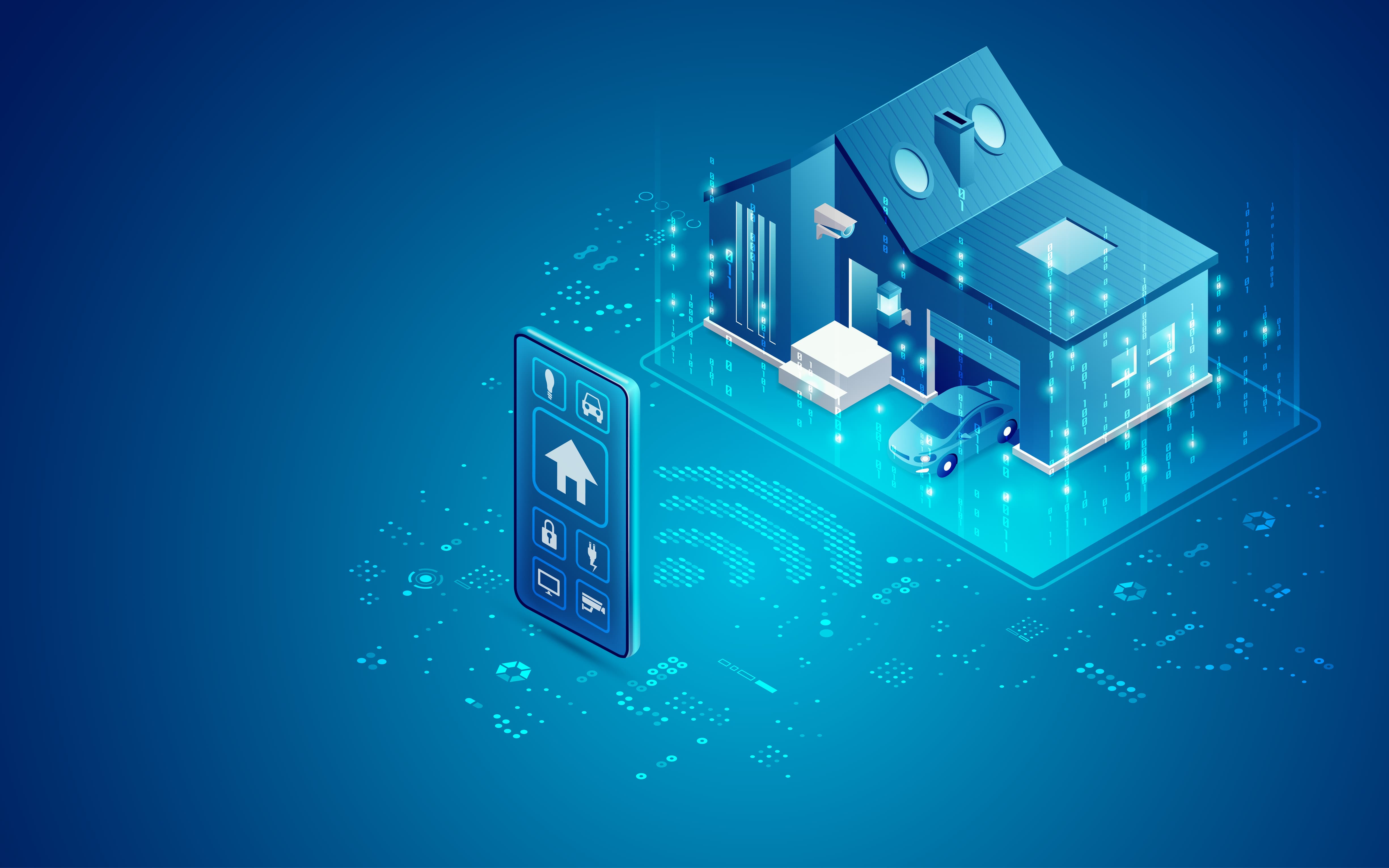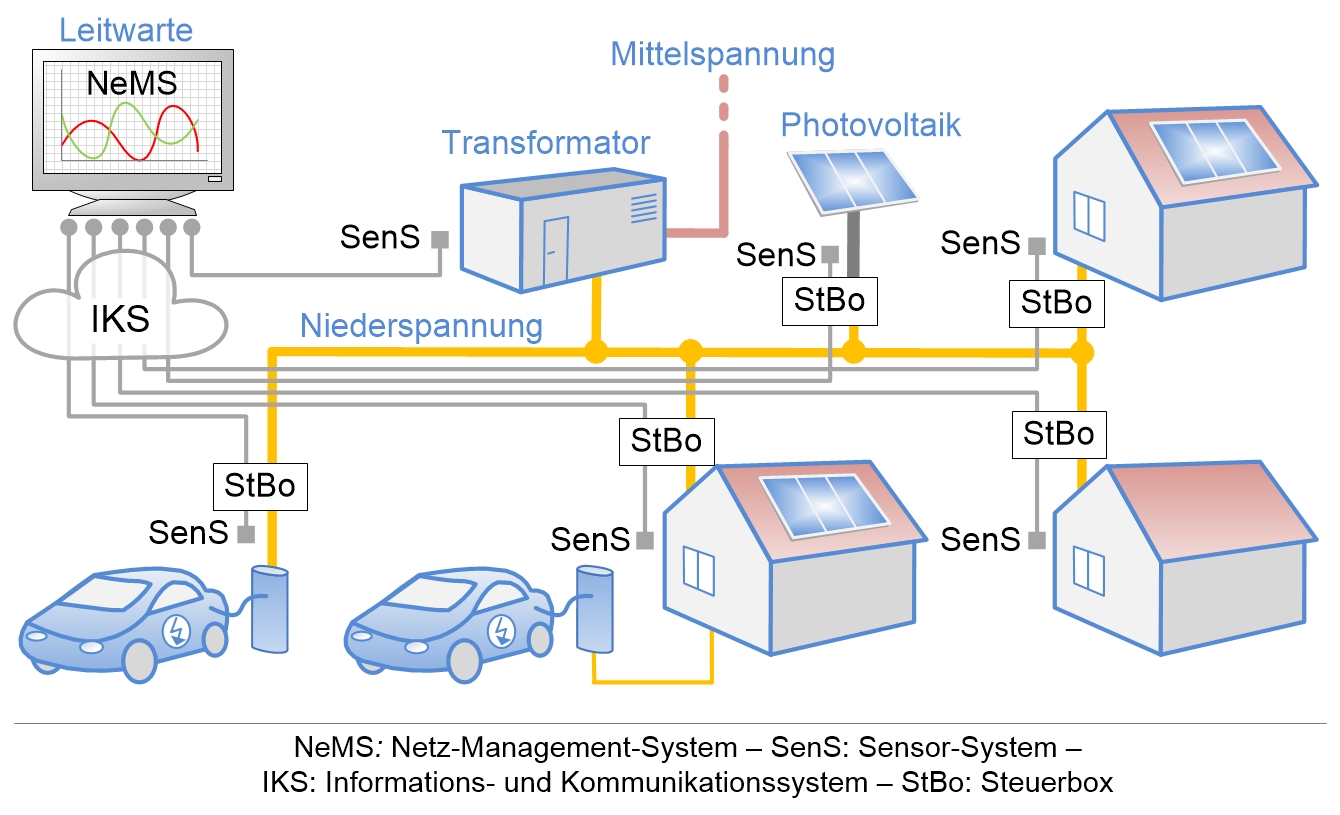In the area of wireless and transponder systems, Fraunhofer IMS has built up a broad know-how base in the field of short-range wireless communication over many years and numerous research and development projects, and continues to keep it up to date.
Sensor networks offer an excellent technological basis for the distributed acquisition of physical, chemical and many other parameters in a wide range of application fields. This is especially true for moving, rotating or otherwise difficult-to-access objects. The basic technologies required for sensor networks - low-power electronics, antenna design, radio front-ends and energy-efficient radio protocols as well as energy harvesting and embedded systems - are constantly being developed further.
This also includes the integration of artificial intelligence (AI) methods in sensor systems and sensor networks. The availability of higher-quality relevant information ("smart data") provided by distributed intelligent embedded sensor network components allows processes at higher system levels to be designed more efficiently, flexibly and autonomously.
Current areas of use for modern sensor networks can of course also be found in industrial applications. In Industry 4.0, for example, strongly product-centric manufacturing is currently being replaced by solution- and customer-centric concepts. Rigid, defined manufacturing and value chains are being transformed into flexible and highly dynamic production systems that enable order-based, fully individualized production. Sustainable Industry 4.0 automation solutions, which must become more agile, intelligent and autonomous, require the use of AI-supported sensor systems and sensor networks that enable "close to the action" machine learning and process control under real-time conditions.
Corresponding research and development activities are carried out together with renowned industrial partners, for example within the framework of the KI-MUSIK project.
Sensor networks are a basic technology for the implementation of the "Internet of Things" (IoT), for example in the context of infrastructure monitoring such as high-voltage lines or low-voltage networks. The latter are currently very important in the implementation of the energy transition. In view of decentralized feed-in of renewable energy and the increasing spread of electromobility, optimal use of existing line capacities is only possible if relevant status information (such as voltage, current, phase and variables that can be derived from them) is continuously available. This can only be achieved through the use of sensor networks, which then also enable the grid-serving control of generators and consumers and thus contribute to avoiding grid expansions with high investment costs. Research and development activities are being carried out in innovative pilot projects such as Fit4eChange in the framework of the North Rhine Westphalia SPIN initiative.

